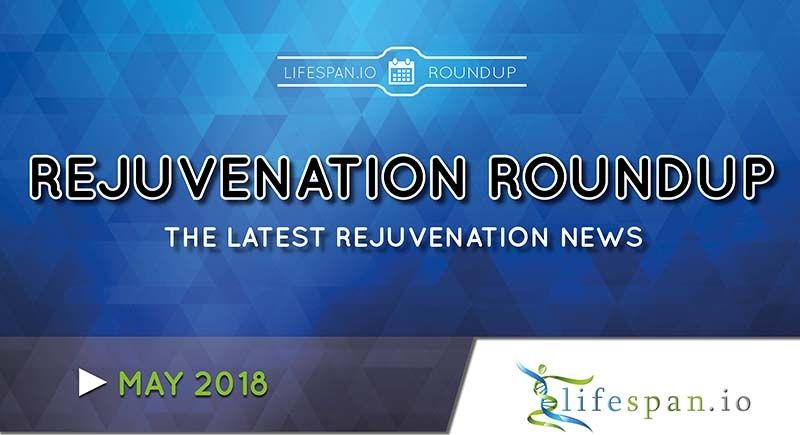Some thoughts on rejuvenation, the world it’ll leave behind, and the world it may create.
Human beings like feeling safe. The unknown always presents a certain percentage of risk, though probably much less so today than in the past. Back in the days of our primitive ancestors, leaving an old way for a new one might more easily have led to death than it can today, so it’s no surprise that we have evolved to be suspicious of novelties coming our way; this might well be one reason why enacting change is not very easy for our species.
Sometimes, what we already have is not the best arrangement; other options might prove better, though they do come with some uncertainty. Will the new option really bring benefits? Will it be worth the cons of discarding the old way of doing things? How much work will it take to move from the old way to the new one? Will the new way only bring benefits, or will it have challenges and problems as well?
For our aforementioned ancestors, the choices to be made were relatively simple but had potentially life-threatening consequences. Should I try this new berry that I’ve never seen before? Should I trust this stranger? Should I venture into this new territory? In such primitive times, it’s likely that the boldest among them didn’t live long enough to pass on their boldness, making diffidence toward novelty a valuable trait that we still possess today. The only problem is that this isn’t the Paleolithic anymore; choices are not so clear-cut, and atavistic instincts are largely inadequate to properly weigh our options in present-day complex situations, as we live in an age when change is constant, fast, and often dramatic and inevitable.
Read more
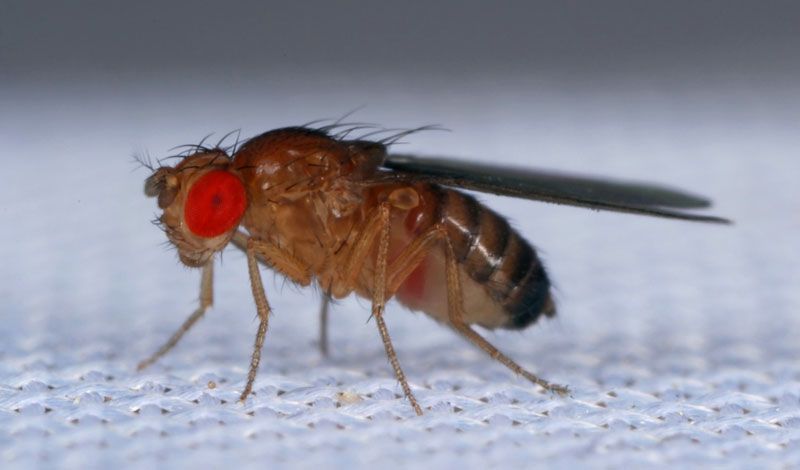
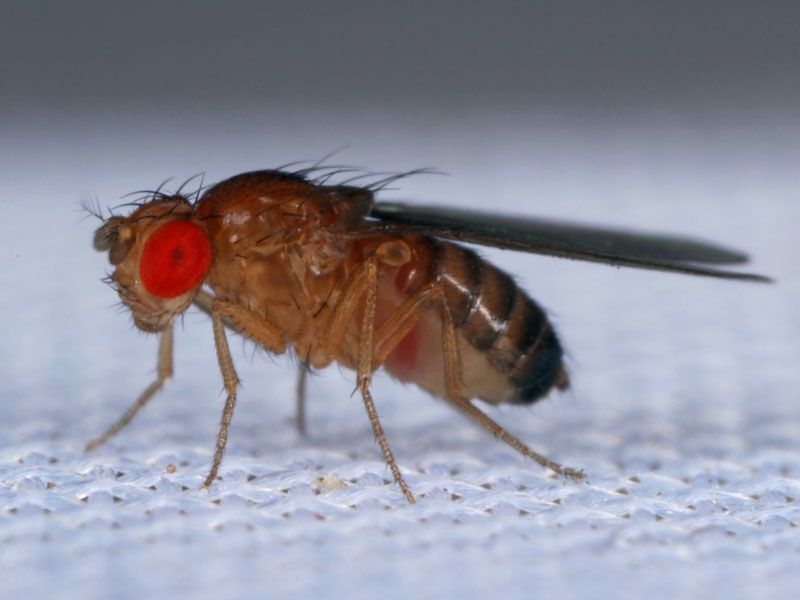
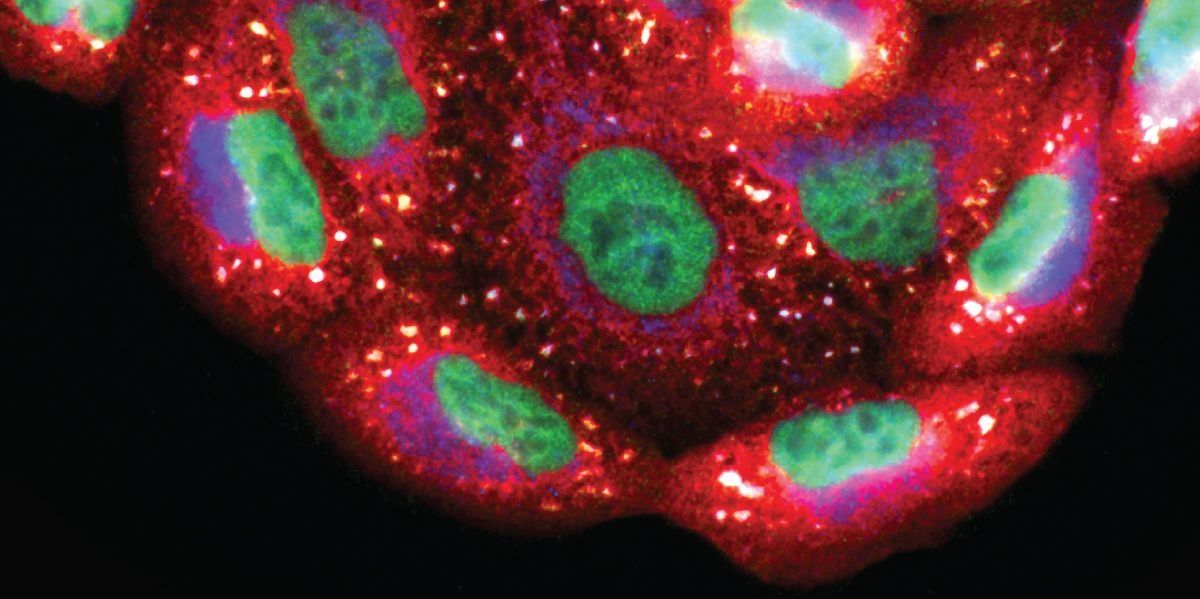
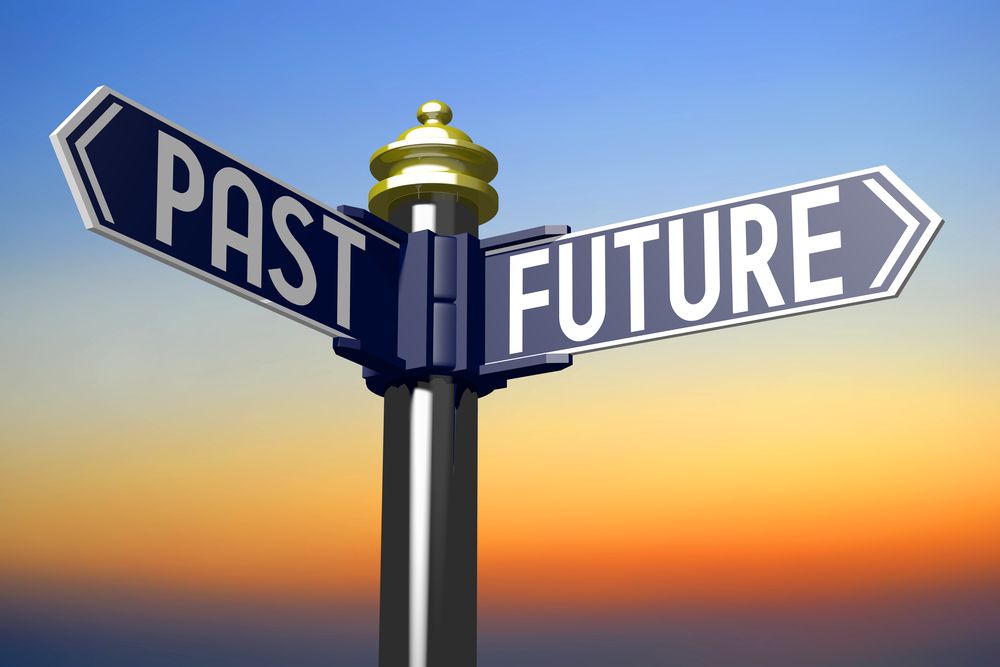
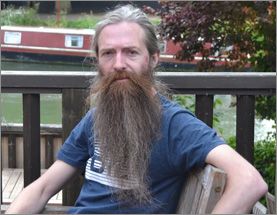
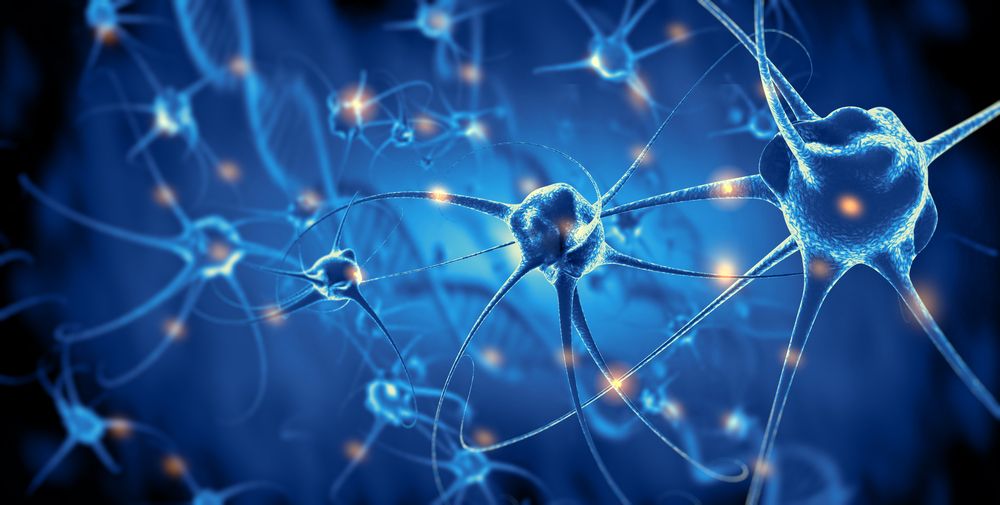


 Jupatian Storms
Jupatian Storms